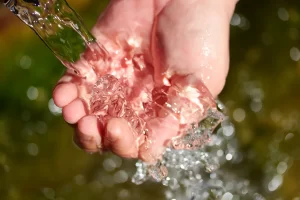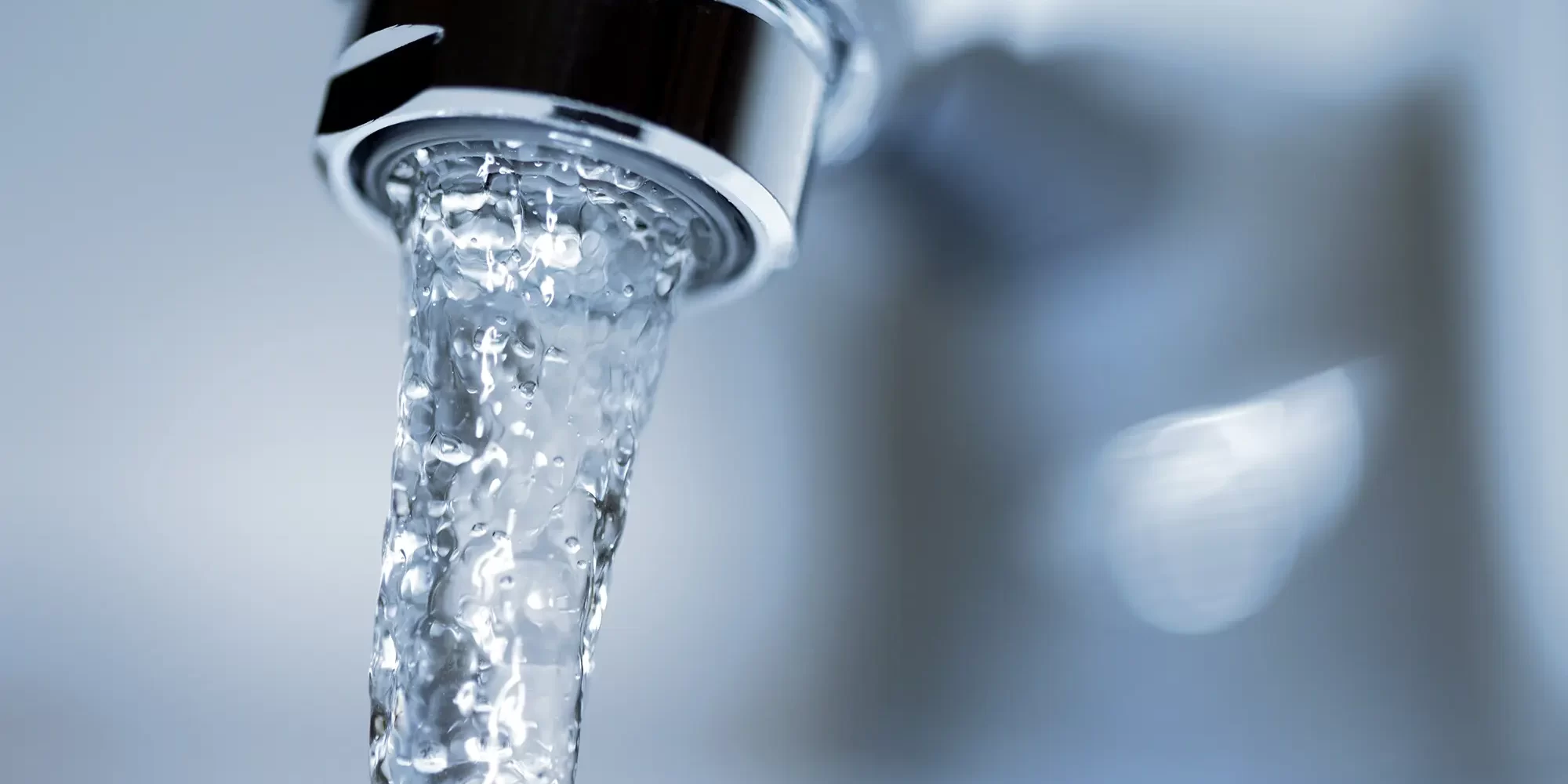Maintaining the safety and quality of public drinking water is a critical responsibility for municipalities.
As urban populations grow and industrial activities increase, water utilities must meet the ever-evolving challenge of delivering clean, safe water to homes and businesses.
One highly effective method for ensuring water quality is the use of Chlorine Dioxide (ClO₂) in water treatment processes. This versatile disinfectant offers superior pathogen control while reducing the formation of harmful by-products, making it an ideal solution for safeguarding public water supplies.
What is Chlorine Dioxide?
 Chlorine Dioxide is a potent disinfectant that has been used for decades in water treatment due to its effectiveness against a wide range of pathogens, including bacteria, viruses, and protozoa. Unlike traditional chlorine, Chlorine Dioxide works through a selective oxidation process, targeting microorganisms without reacting with organic compounds in the water. This unique characteristic makes it a safer and more environmentally friendly choice for municipal water treatment.
Chlorine Dioxide is a potent disinfectant that has been used for decades in water treatment due to its effectiveness against a wide range of pathogens, including bacteria, viruses, and protozoa. Unlike traditional chlorine, Chlorine Dioxide works through a selective oxidation process, targeting microorganisms without reacting with organic compounds in the water. This unique characteristic makes it a safer and more environmentally friendly choice for municipal water treatment.
Ensuring Pathogen Control
One of the key benefits of using Chlorine Dioxide in public water supplies is its effectiveness against some of the most resilient waterborne pathogens. Legionella, Cryptosporidium, and Giardia are just a few examples of microorganisms that are highly resistant to traditional chlorine treatments. Chlorine Dioxide, however, can penetrate and disrupt their cellular structures, ensuring that these harmful organisms are eliminated from the water supply.
Additionally, Chlorine Dioxide remains effective over a broad pH range, making it an ideal choice for different water sources, whether they be groundwater, rivers, or reservoirs. Its broad-spectrum efficacy ensures that public health is protected, even when faced with varying water conditions.
Reducing Harmful By-products
A significant advantage of using Chlorine Dioxide over traditional chlorine is its ability to minimise the formation of disinfection by-products (DBPs). Chlorine often reacts with naturally occurring organic matter in water, producing by-products such as trihalomethanes (THMs) and haloacetic acids (HAAs), which are regulated due to their potential carcinogenic effects.
Chlorine Dioxide does not react with organic matter in the same way, resulting in far fewer by-products. This ensures that municipalities can meet strict regulatory standards while still providing an effective disinfection process. The reduced by-product formation means fewer long-term health risks for the general population, contributing to safer drinking water.
Long-lasting Residual Effect
Another critical feature of Chlorine Dioxide is its long-lasting residual effect. Once Chlorine Dioxide is dosed into a water system, it continues to work as a disinfectant over an extended period. This persistent effect ensures that water remains clean and free from microbial contamination as it travels through distribution networks to homes and businesses.
By providing a lasting residual, Chlorine Dioxide protects against the growth of biofilms within water pipes and storage tanks, ensuring that water quality is maintained even in areas that are far from the treatment facility.
Environmentally Friendly and Cost-effective
For municipalities, Chlorine Dioxide is not only an efficient disinfectant but also an environmentally responsible option. Its selective oxidation process ensures that it breaks down into harmless by-products such as salt and water, reducing its environmental footprint. Additionally, the lower dosages required for effective treatment compared to traditional chlorine solutions make Chlorine Dioxide a cost-effective choice for large-scale municipal water systems.
Chlorine Dioxide is a powerful tool for municipalities looking to safeguard public drinking water supplies. Its ability to control a wide range of pathogens, minimise harmful by-products, and provide long-lasting residual protection ensures that public health is maintained without compromising water quality. As water utilities continue to face new challenges in delivering clean and safe drinking water, Chlorine Dioxide will play an increasingly vital role in ensuring that these challenges are met.
For more information on how Chlorine Dioxide can enhance your municipality’s water treatment process, contact Scotmas today to learn more about our industry-leading solutions.






